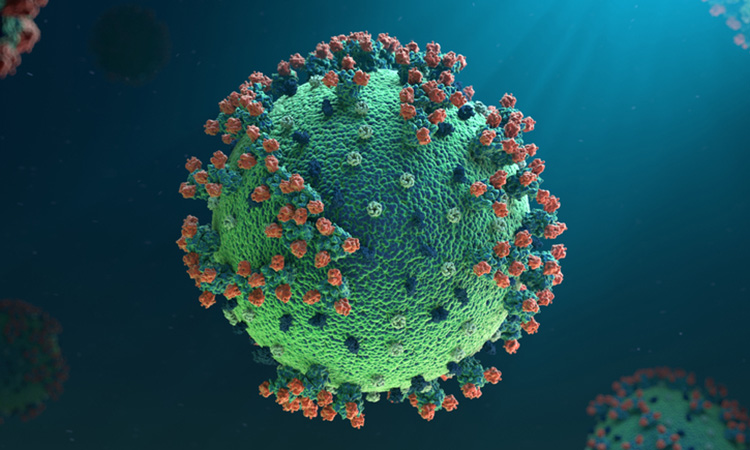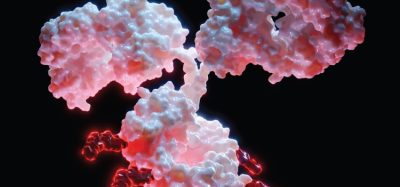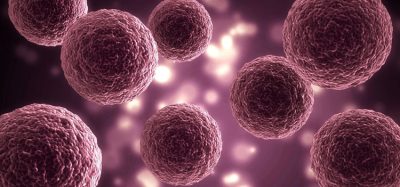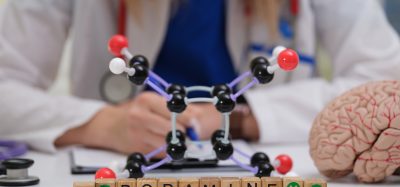Nanobody could be used as antiviral treatment against COVID-19
Posted: 4 September 2020 | Victoria Rees (Drug Target Review) | No comments yet
Researchers have found a nanobody named Ty1 that neutralises SARS-CoV-2 by attaching itself to the Spike protein of COVID-19.


Researchers have identified a small neutralising antibody, a so-called nanobody, that they say has the capacity to block SARS-CoV-2 from entering human cells. The researchers believe this nanobody has the potential to be developed as an antiviral treatment against COVID-19.
The study was conducted at the Karolinska Institutet in Sweden.
“We hope our findings can contribute to the amelioration of the COVID-19 pandemic by encouraging further examination of this nanobody as a therapeutic candidate against this viral infection,” said corresponding author and Associate Professor Gerald McInerney.
Nanobodies are fragments of antibodies that occur naturally in camelids and can be adapted for humans. The search for an effective nanobody began in February when an alpaca was injected with the new coronavirus’ Spike (S) protein, which is used to enter cells. After 60 days, blood samples from the alpaca showed a strong immune response against the S protein.
Next, the researchers cloned, enriched and analysed nanobody sequences from the alpaca’s B cells to determine which nanobodies were best suited for further evaluation. They identified one, Ty1, that efficiently neutralises the virus by attaching itself to the part of the S protein that binds to the receptor angiotensin converting enzyme 2 (ACE2), which is used by SARS-CoV-2 to infect cells. This blocks the virus from slipping into the cells and thus prevents infection.
“Using cryo-electron microscopy, we were able to see how the nanobody binds to the viral S protein at an epitope which overlaps with the cellular receptor ACE2-binding site, providing a structural understanding for the potent neutralisation activity,” said Leo Hanke, postdoc in the McInerney group and first author of the study.
According to the researchers, nanobodies offer several advantages over conventional antibodies as candidates for specific therapies. They span less than one-tenth the size of conventional antibodies and are typically easier to produce cost-effectively at scale. Critically, they can be adapted for humans with current protocols and have a proven record of inhibiting viral respiratory infections.
“Our results show that Ty1 can bind potently to the SARS-CoV-2 S protein and neutralise the virus, with no detectable off-target activity,” said Assistant Professor Ben Murrell, co-senior author of the publication. “We are now embarking on pre-clinical animal studies to investigate the neutralising activity and therapeutic potential of Ty1 in vivo.”
The results are published in Nature Communications.
Related topics
Antibodies, Antibody Discovery, Drug Discovery, Drug Leads, Nanomedicine, Research & Development
Related conditions
Covid-19
Related organisations
Karolinska Institutet








